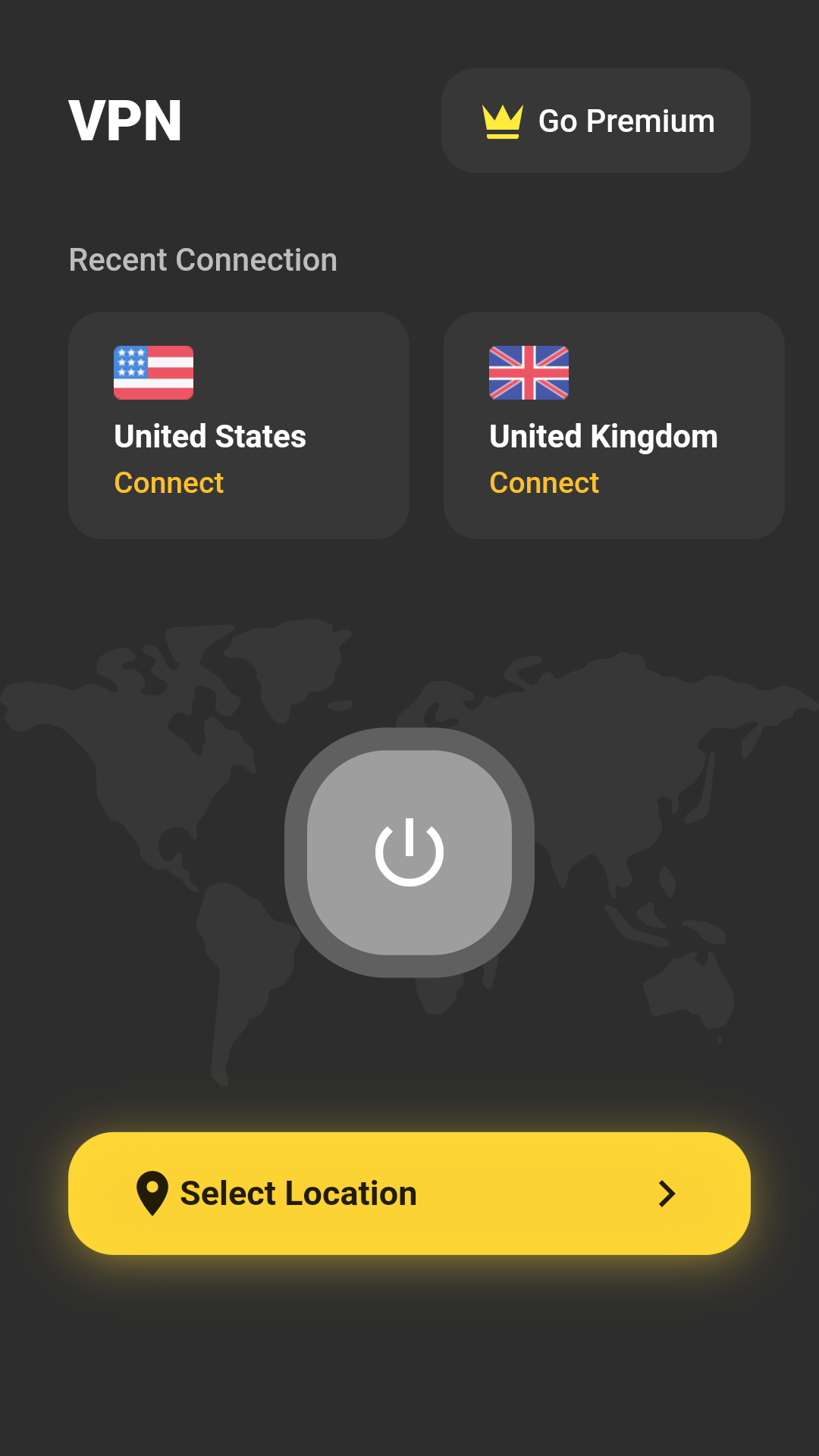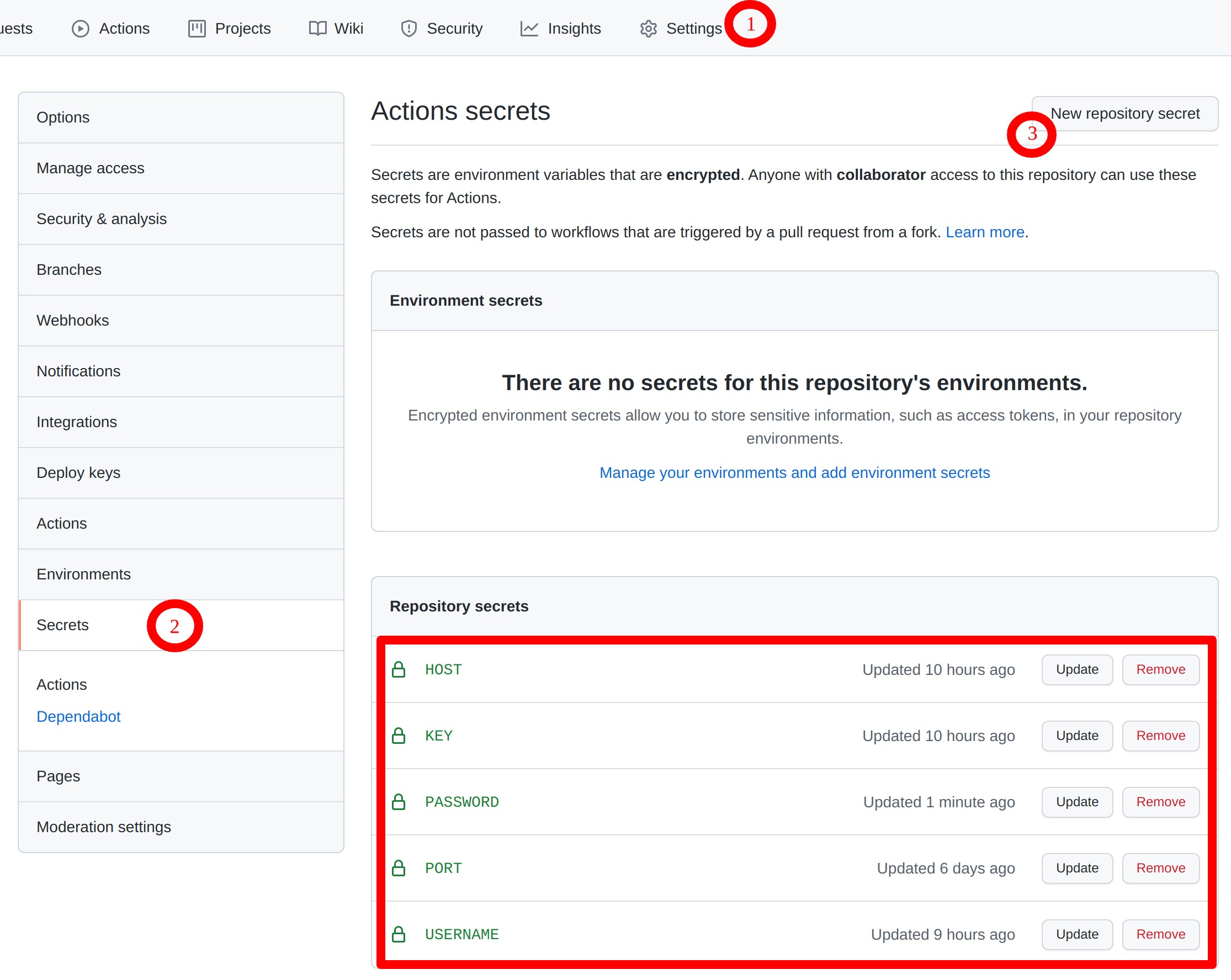

You will need to have a server certificate and key, and at least one client certificate and key. With mutual authentication, Client VPN usesĬertificates to perform authentication between clients and the Client VPN endpoint. This tutorial uses mutual authentication. The route table that'sĪssociated with your subnet must have a route to the internet gateway. The permissions required to import certificates into AWS Certificate Manager.Ī VPC with at least one subnet and an internet gateway. To test this image, you need a "mock" ldap and SSL certificates, then go in the root folder and run make start to start the ldap and vpn service.The permissions required to work with Client VPN endpoints. Some examples can be found inside docker-compose.yaml Testing AUTH_LDAP_GROUPS_MEMBER Define required group member to authenticate.
#Easyvpn github password#
AUTH_LDAP_PASSWORD Define user dn password.AUTH_LDAP_BINDDN Define user dn used to query the ldap database.This image can be configured at runtime with different environment variables:
#Easyvpn github update#
Update the secrets in the encrypted hieradata for OpenVPN in easyrsa -batch sign-req server Įnsure that you git-added, git-commited and pushed the changes, without ANY secrets (which should be git-ignored) certs # Running the signing command from this folder is mandatory. cert/pki/private/.key must remain secret!Ĭd. Generate a new certificate + key, with the server DNS as argument. Revoke actual certificate (even if it is already expired). cert/pki/private/ca.keyĭecrypt the required files as described in HowTo Decrypt the Certificate Authority Key cert/pki/crl.pem -s -m 'Renew revocation list certificate'
#Easyvpn github how to#
cert/pki/private This key must remain secret!Ĭreate a new Pull Request on jenkinsinfra/docker-openvpn, main branch: How to Create a pull request Generate your private key and certificate request.
#Easyvpn github free#
Then this certificate must be signed by an administrator who also assigns you a static IP configuration.įeel free to follow the next action points:įork this repository on your own Github account: fork the repoĬlone your fork locally: git clone & cd docker-openvpnīuild EASYVPN binary by running one of the following commands depending on your operating system: To access the Jenkins infrastructure private network, you need a certificate containing your Jenkins username as CN ( commonName). To connect to this VPN, your VPN client must be configured with your Jenkins account and certificate authentication, requiring the following files: If you think that you should have access to this network, feel free to read HowTo Get client access. Hold VPN keys for connecting on Jenkins infrastructure VPN.Manage client configuration and certificate.

Build an OpenVPN Docker image integrated with openldap.

This project contents everything related to Jenkins infrastructure VPN.


 0 kommentar(er)
0 kommentar(er)
